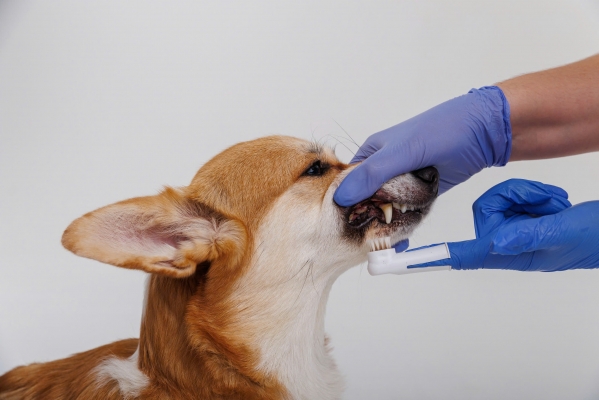Rabies in Dogs and Cats: Causes, Symptoms and Prevention
Causes of rabies in dogs and cats:
Dogs and cats get rabies mainly due to:
- Bites from infected animals: Rabies virus is transmitted through saliva when bitten by dogs, cats or wild animals.
- Contact with saliva of rabid animals: If dogs and cats lick open wounds or mucous membranes (eyes, nose, mouth), the virus can enter.

Symptoms of rabies in dogs and cats:
Rabies in dogs and cats usually progresses through 3 stages:
Incubation period
- Lasts from 2-8 weeks, with almost no obvious signs.
Prodromal stage
- Dogs and cats show unusual signs such as anxiety, avoidance or clinging to their owners more.
- Mild fever, drooling.
Full-blown stage
- Crazy form: Biting, barking hoarsely, aggressively, not recognizing the owner.
- Paralysis form: Jaw muscle paralysis, drooling a lot, unable to swallow, then paralysis of the whole body and death.

Is rabies curable?
Currently, there is no cure for rabies. Once the disease develops, dogs and cats will die within 10 days. Therefore, prevention is the only way to protect pets.
Effective ways to prevent rabies for dogs and cats:
- Regular rabies vaccination: This is the most effective measure. The first injection should be given when dogs and cats are 3 months old and repeated annually.
- Limit contact with wild animals: Do not let dogs and cats come into contact with animals suspected of having the disease.
- Control dogs and cats when outdoors: Use a leash and muzzle if necessary.

What to do when bitten by a dog or cat?
- Wash the wound immediately with soap and clean water for at least 15 minutes.
- Disinfect with alcohol or antiseptic solution.
- Go to a medical facility immediately for advice and rabies vaccination if necessary.
Rabies in dogs and cats is extremely dangerous but can be completely prevented by fully vaccinating and taking proper care of your pets. If you are raising dogs or cats, don't forget the vaccination schedule to protect both your pets and your family!
Register for rabies vaccination at Sky veterinary hospital to ensure the safety of your pet.
Related article
Where you can learn more about the latest information and trends in animal health

Basic procedure for scaling teeth in pets and important notes in dental care
Scaling is one of the important procedures to help maintain oral health for dogs. Plaque accumulation over time not only causes bad breath but also leads to gingivitis, receding gums, and even tooth loss. In this article, we will learn in detail about the process of scaling teeth for dogs, how to care for them after the procedure, and important notes.
View More
